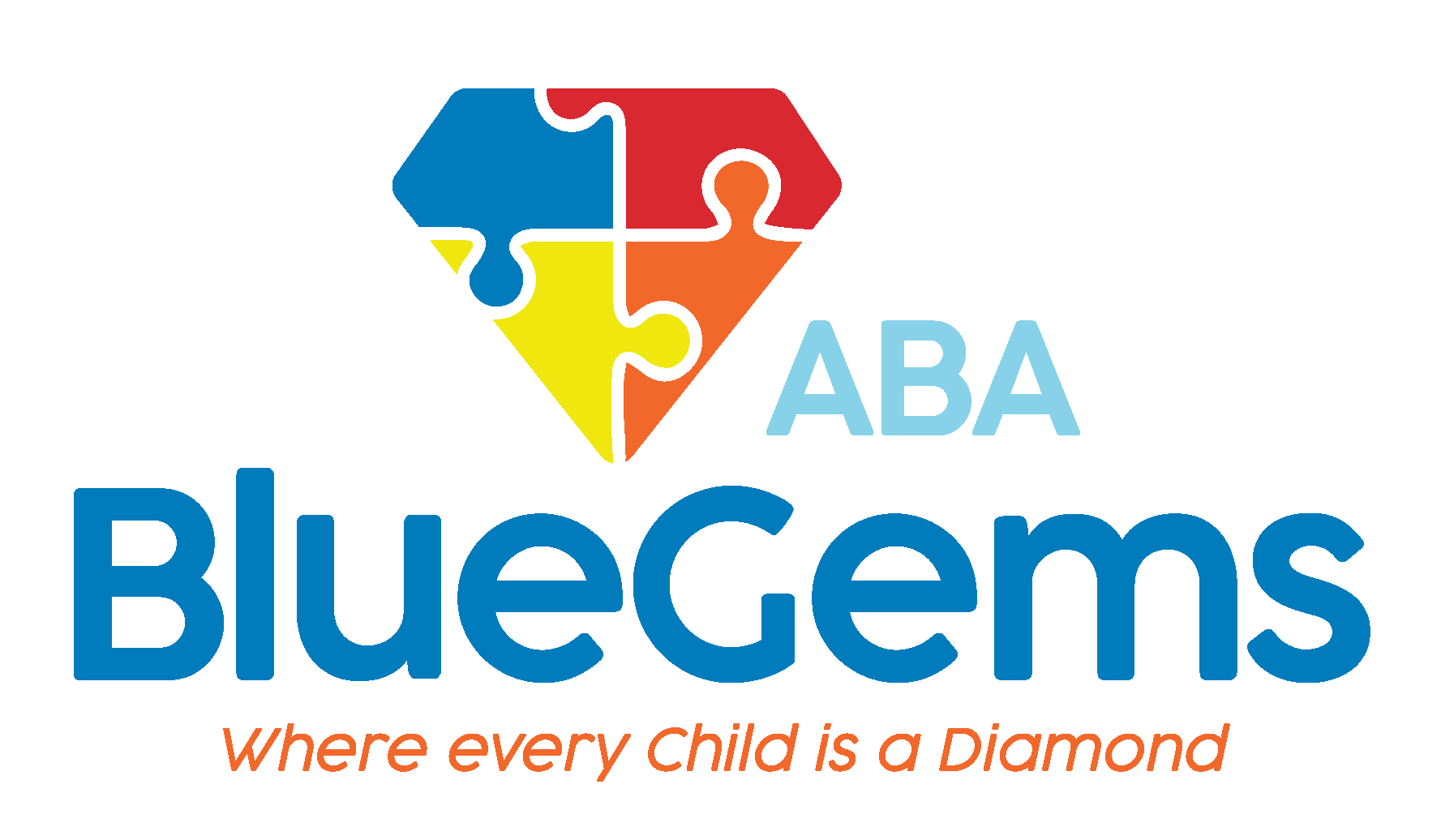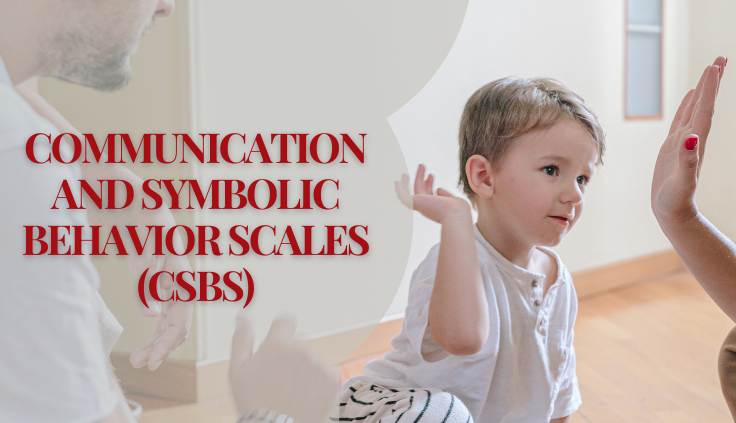Communication and Symbolic Behavior Scales (CSBS)
It’s well-known that early intervention is critical in helping to support children as they grow. Major agencies such as the U.S. Centers for Disease Control and Prevention and the American Academy of Pediatrics stress the importance of early identification of potential developmental delays, and possible intervention services when appropriate.
The reason for the emphasis on early intervention is that research has shown that interventions have proven to be more effective when they are provided early in a child’s life, compared to later. That’s because the connections in the brain of a child are most adaptable within their first three years of life.
As children age, it becomes harder and harder to change these connections, which ultimately serve as the foundation for health, behavior and learning.
To help identify some of the early-warning signs of developmental delays, organizations have developed various screening tools that are integrated as part of a child’s regular wellness visits in the early part of their lives.
One such tool is called the Communication and Symbolic Behavior Scales, or CSBS. Let’s dive deeper into what this is below.
Table Of Contents
What is the Communication and Symbolic Behavior Scales (CSBS)?
The Communication and Symbolic Behavior Scales is what’s known as a “norm-referenced instrument.” It’s administered on an individual basis and seeks to measure a child’s functional communication skills as well as symbolic development indicators against what skills a typical child their age should be exhibiting.
In addition to general communication skills, the CSBS looks to address some symbolic development indicators that are often overlooked, including play behaviors, facial expressions and gestures.
There are 22 different scales that are used as part of this screening tool, and they’re separated into seven different clusters — symbolic behavior, social-affective signaling, reciprocity, communicative means-verbal, communicative means-vocal, communicative means-gestural, and communicative function.
From the CSBS, a CSBS Developmental Profile, known as the CSBS-DP, was developed and serves as another screening tool for symbolic development and communicative development.
This tool helps professionals to determine the overall communicative competence of children by examining their use of play, understanding, words, sounds, gestures and eye gaze, among other things. The tool itself can be used as an indicator of progress, as a generic screening tool or as a “norm-referenced” assessment.
That tool measures seven predictors for language for young children, including object use, understanding, words, sounds, communication, gestures, and eye gaze and emotion.
Who is the CSBS for and How is It Administered?
The CSBS is for children between the ages of 6 and 24 months old, though it can also be used for children as old as 6 years old if they exhibit atypical development. It takes roughly one hour for the full child assessment part of the tool, and then about another hour for a professional to score the test in an in-depth way.
Like many other screening tools for young children, the CSBS includes a caregiver questionnaire that parents or caregivers fill out. It takes roughly 15 minutes to complete, and professionals use the responses to help evaluate each child’s performance.
The majority of the assessment, though, revolves around the Behavior Sample, which is often videotaped. It involves a parent or caregiver interacting with their child, using a sampling procedure that’s naturalistic.
Some activities that it could involve include symbolic play, sharing books, communicative temptations, probing the child on language comprehension, constructive play and more.
Once all of this has been completed, a professional will take the information they’ve collected to determine the score, which is based on a five-point scale in those 22 different sectors. This is often done by a child clinical psychologist, speech-language pathologist, early interventionist or other professional trained in issues facing young children.
At the end of the scoring, there will be scaled scores and raw scores for each of these scales, as well as standard scores and percentile ranks for all seven clusters, the overall composite score as well as comparison norms by language stage and/or chronological age.
How is the CSBS Used?
The scores from the CSBS are used to identify children who may be at risk for various communication delays. It’s a great tool because it provides a full and detailed profile of the communicative weaknesses and strengths of a child, which can then be monitored and re-measured over time.
The results from this screening tool can also serve as the basis for intervention planning, as it can highlight specific areas that the intervention should target. When used in combination with other early screening tools, the CSBS can be invaluable in this regard.
For instance, applied behavior analysis, or ABA therapy, will often use results from screening tools such as the CSBS to craft personalized treatment plans for children with autism spectrum disorder (ASD).
Blue Gems ABA Creates Specific ABA Treatment Plans for All Children
The CSBS is an important screening tool that helps identify potential delays children might have with communication skills. As this is a hallmark of autism, identifying these issues early on in life can lead to much better outcomes in time.
At Blue Gems ABA, we have a team of experienced therapists who evaluate children for ASD, and use information from screening tools such as the CSBS to inform the results.
Then, if an ASD diagnosis is appropriate, we will recommend children for ABA therapy, which can help them build their communication, social and daily life skills over time.
This treatment is administered by our BCBAs, who will create specific ABA therapy treatment plans that cater specifically to each child’s unique strengths and challenges.
To learn more, please contact us today.




